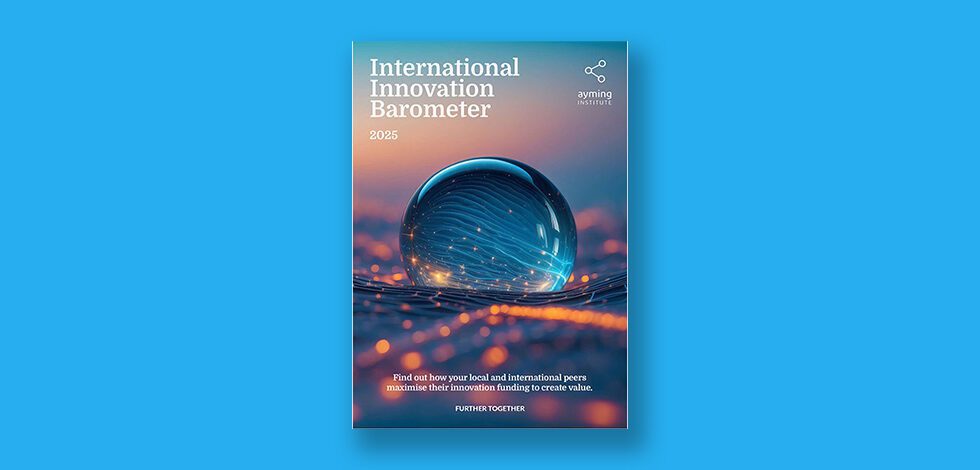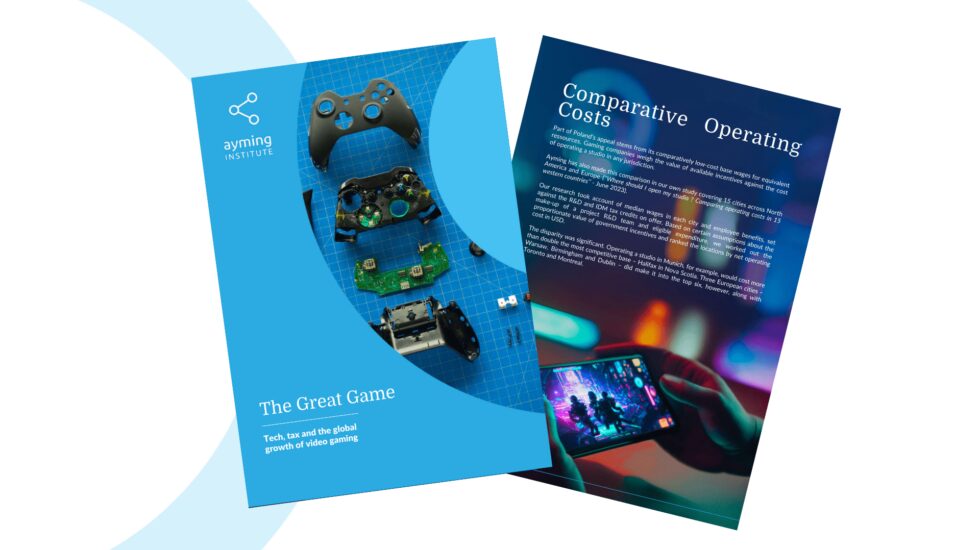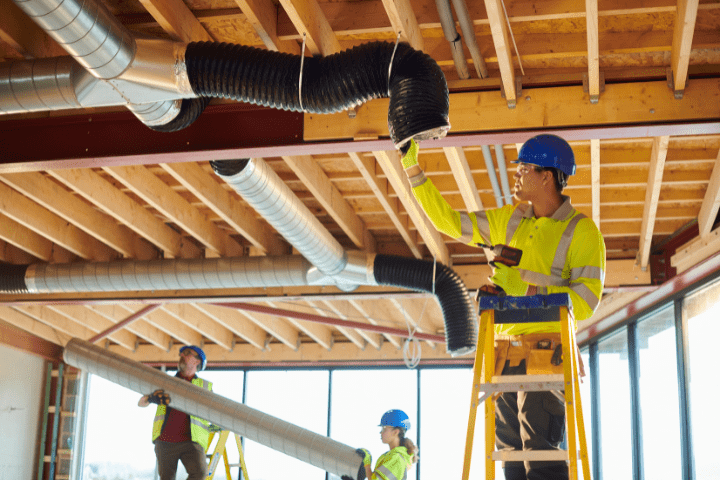Architectural firms have endeavored to incorporate new technologies, such as energy-efficient heating and cooling, smart lighting, and various automated systems, into buildings, spaces, and other structures they design. In addition to integrating these technologies into their designs, architects have also leveraged the use of new technologies during their design processes to increase efficiency, achieve higher levels of accuracy, and improve the capability of gathering relevant data. These varied technologies provide companies the tools they need to produce high-quality, innovative designs.
One of the significant technologies to emerge in recent years has been Building Information Modeling software. It allows companies to develop detailed, 3D models and visualizations that provide valuable insight into the design of structural elements, mechanical systems, and other building components. The advent of 3D printing technology has furthered these capabilities by allowing companies to also develop physical models. They can be analyzed and refined throughout the design process to optimize the use of space and assist in identifying potential spatial conflicts. Additionally, the integration of 3D laser point-cloud scanning tools into these modeling software programs has allowed companies to utilize these tools to aggregate large amounts of data points on spaces and structures. These data points provide high levels of detail that designers can leverage during their design processes.
Recent advances in the fields of virtual reality and augmented reality have also further evolved the architectural design process by allowing firms to utilize relevant data to develop complex 2D and 3D models that can be visualized in virtual environments that clients can experience. These models can also be displayed by overlaying design concepts on real-life structures and spaces through augmented reality. These tools allow clients to evaluate various aspects of each design, where iterative design improvements can be implemented with significantly increased efficiency along with the associated cost savings. This new tech means alternative design options can be analyzed in real-time.
Architectural firms that leverage the use of these emerging technologies throughout their design processes can take advantage of multiple financial incentive programs offered by the government that are designed to encourage these activities and tech developments. Through a review of how these technologies are implemented during the development of unique and innovative designs, Ayming USA can assist architectural firms in reaping the benefits offered by these programs.












No Comments